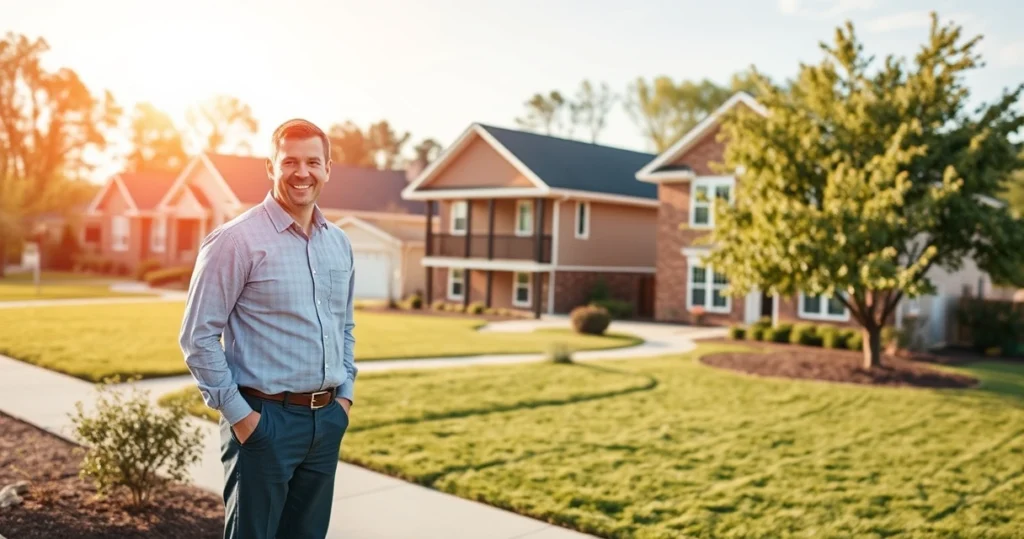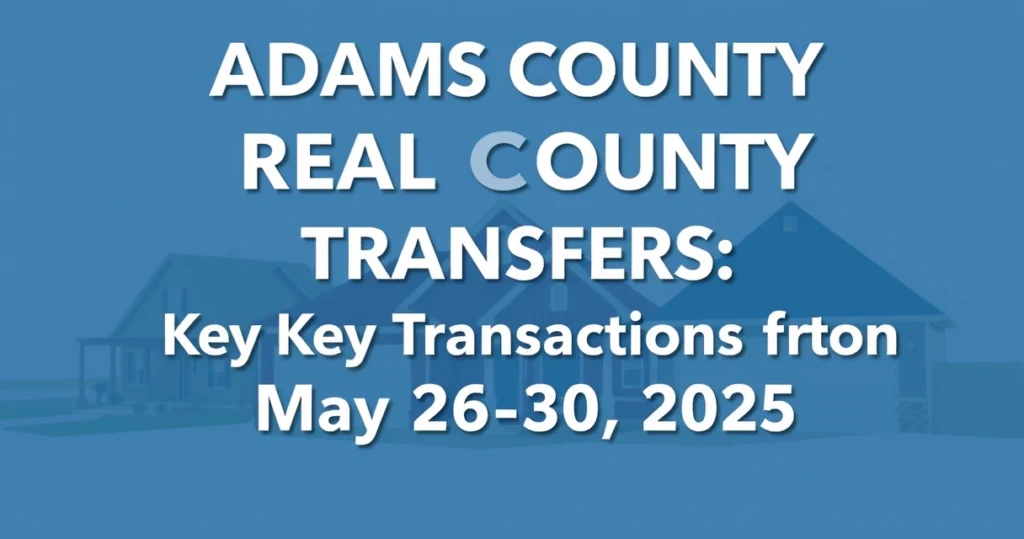Multigenerational Homebuying Soars as Families Unite Against Rising Living Costs
In recent years, the landscape of homebuying in the United States has undergone a significant transformation, driven largely by the escalating cost of living. Families are increasingly opting for multigenerational living arrangements, where older parents and their adult children come together to share a home. This trend, spearheaded by Generation X and younger Baby Boomers, not only reflects economic realities but also fosters family unity and support systems in times of financial strain.

As housing prices surge and everyday expenses climb, many Americans find the traditional model of independent living to be financially unsustainable. The multigenerational homebuying trend provides a potential solution, offering both economic relief and a unique opportunity for families to bond and support one another. This article explores the factors driving this trend, the benefits of multigenerational living, and the implications for the housing market.
Understanding the Multigenerational Homebuying Trend
Multigenerational homebuying refers to the practice of multiple generations living under one roof, often consisting of grandparents, parents, and children. This approach is not entirely new, but its prevalence has surged in recent years. Various factors contribute to this trend, including economic pressures, cultural shifts, and changing family dynamics.
The Economic Drivers
One of the primary reasons for the rise in multigenerational homebuying is the soaring cost of living across the United States. As housing prices continue to climb, many families find it difficult to afford homes on their own. Sharing a home allows families to pool their resources, making it easier to manage mortgage payments, property taxes, and maintenance costs.
- High home prices: The median home price has reached record highs, making it challenging for younger generations to enter the housing market.
- Rising rental costs: Rent prices have also surged, prompting many families to consider homeownership as a more viable option.
- Inflation: The overall increase in living costs has forced families to explore more economical living arrangements.
Cultural Shifts and Family Dynamics
In addition to economic factors, cultural attitudes towards family living arrangements are evolving. Traditionally, families placed a high emphasis on independence, with adult children moving out as soon as they reached adulthood. However, contemporary values increasingly prioritize family support and unity, encouraging individuals to remain living with or return to their parents’ homes.
Benefits of Multigenerational Living
Choosing to live in a multigenerational household comes with a variety of advantages, both emotionally and financially. Understanding these benefits can help families make informed decisions about their living arrangements.
Financial Relief
Sharing a home can significantly reduce financial burdens for all parties involved. Families can share costs such as:
- Mortgage payments: By co-buying a home, families can share the responsibility of monthly mortgage payments, making it more affordable for everyone.
- Utilities: Splitting utility bills can lead to substantial savings, especially in larger households.
- Maintenance costs: Home maintenance can be a significant expense, but sharing these duties can alleviate some financial pressure.
Emotional and Social Support
Living together allows families to provide emotional support to one another. This arrangement can be especially beneficial for elderly parents who may require assistance with daily activities. Additionally, children can gain valuable life skills and learn from their grandparents’ experiences, fostering a strong family bond.
Childcare Benefits
Multigenerational households can also provide practical advantages for families with young children. Grandparents often play a vital role in childcare, allowing parents to work without the added expense of daycare. This setup not only saves money but also strengthens intergenerational relationships.
The Impact on the Housing Market
The surge in multigenerational homebuying is reshaping the housing market in several ways. As more families seek homes that accommodate multiple generations, demand for specific types of properties is increasing.
Design Features in Demand
Homebuyers are increasingly looking for properties that offer features conducive to multigenerational living. Some popular design elements include:
- Separate living spaces: Homes with in-law suites or separate entrances allow for privacy while still fostering family unity.
- Open floor plans: This design encourages interaction among family members while allowing for designated private areas.
- Accessible amenities: Homes designed with accessibility in mind can cater to the needs of older family members.
Market Adaptations
As the demand for multigenerational housing grows, real estate developers are adapting their strategies to meet the needs of this demographic. New construction projects are increasingly incorporating multigenerational designs, and existing homeowners are renovating their properties to create additional living spaces.
Challenges of Multigenerational Living
While multigenerational living has its benefits, it is not without challenges. Families must navigate various dynamics to ensure a harmonious living arrangement.
Maintaining Boundaries
One of the primary challenges of multigenerational living is the potential for boundary issues. It is essential for family members to communicate openly and establish clear boundaries regarding personal space, responsibilities, and financial contributions.
Managing Conflicts
Conflicts can arise in any household, but they may be more pronounced in multigenerational settings. Families should create a plan for addressing disputes constructively and fostering an environment of respect and understanding.
FAQ Section
1. What is multigenerational homebuying?
Multigenerational homebuying refers to the practice of multiple generations living together in one household, often to share financial responsibilities and provide support.
2. Why is multigenerational living becoming more popular?
The rising cost of living, including housing and everyday expenses, is driving families to seek more affordable living arrangements by sharing a home.
3. What are the benefits of living in a multigenerational household?
Benefits include financial relief, emotional support, shared childcare responsibilities, and strengthened family bonds.
4. What design features should I look for in a multigenerational home?
Look for homes with separate living spaces, open floor plans, and accessible amenities that cater to the needs of all family members.
5. What challenges might arise in multigenerational living?
Challenges can include boundary issues, managing conflicts, and navigating different lifestyles and preferences among family members.
Conclusion
The rise of multigenerational homebuying is a response to the pressing financial challenges facing American families today. As more individuals recognize the economic and emotional benefits of living together, this trend is likely to continue shaping the housing market. By understanding the factors driving this movement and the advantages it offers, families can make informed decisions that not only alleviate financial stress but also strengthen their bonds. Embracing multigenerational living can be a practical solution to the challenges of rising living costs, ultimately fostering a sense of unity and support among family members.
📰 Original Source
Este artigo foi baseado em informações de: https://www.sfgate.com/realestate/article/families-are-sticking-together-multigenerational-20364305.php


